You have /5 articles left.
Sign up for a free account or log in.
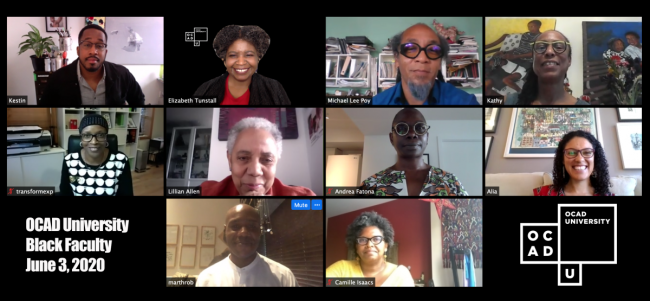
Most of the current and incoming black faculty at the Ontario College of Art and Design University. Dean of the Faculty of Design, Elizabeth Tunstall, is pictured second from left in the top row.
Courtesy of Elizabeth Tunstall
The Ontario College of Art and Design University recently announced the hiring of five black full-time faculty members -- the first such hires in the 144-year-history of the university's Faculty of Design -- through a special initiative to help diversify the department and the university over all.
The hiring of the black designers doubles the number of black full-time faculty members across the three faculties at OCAD from five to 10. The Faculty of Design is the largest of OCAD’s three faculties. It employs 77 of OCAD's 183 full-time faculty.
"There were so many points in the journey of making this happen where somebody could have said no or somebody could have said we’re not ready for it now or we don't have the money for it now," said Elizabeth "Dori" Tunstall, the dean of the Faculty of Design. "For me, the miracle is at each of those points, the end answer was yes. That makes me cry, because when you think about why it takes 144 years, one person in the right place in the institution can say no and it can not happen."
To the best of her knowledge, Tunstall is the first black dean of a design school anywhere in the world.
Faculty at OCAD largely praised the effort to bring black design faculty into the institution, which is located in the racially diverse city of Toronto, though they wish it had happened sooner.
A racial discrimination complaint helped set the university on its current path. A former faculty member of Indian origin claimed he was passed over for promotions because he was not white. The university reached a settlement with the faculty member in 2015. A task force on the underrepresentation of "racialized and indigenous faculty and staff" formed in the wake of that settlement found that the racial diversity of faculty lagged far behind student diversity. The task force reported data from 2011, the most recent institutionwide data available, finding that people of color comprised just 13 percent of OCAD’s faculty, while more than 50 percent of undergraduate students identified as nonwhite. At least one ongoing racial discrimination case against the university is pending in Ontario’s Human Rights Tribunal, the provincial entity that evaluates discrimination complaints.
“OCAD as a university has failed in the past,” Tunstall said. “What do you do when you fail? You can continue to fail, which some institutions are doing, or you can make amends, to really listen to what the needs are and the desires are and the aspirations of the community and then provide them with the things that they’re asking for. My students in design have been asking for greater representation of faculty, and I know because as the black dean of design they come to me.”
The Hiring Process
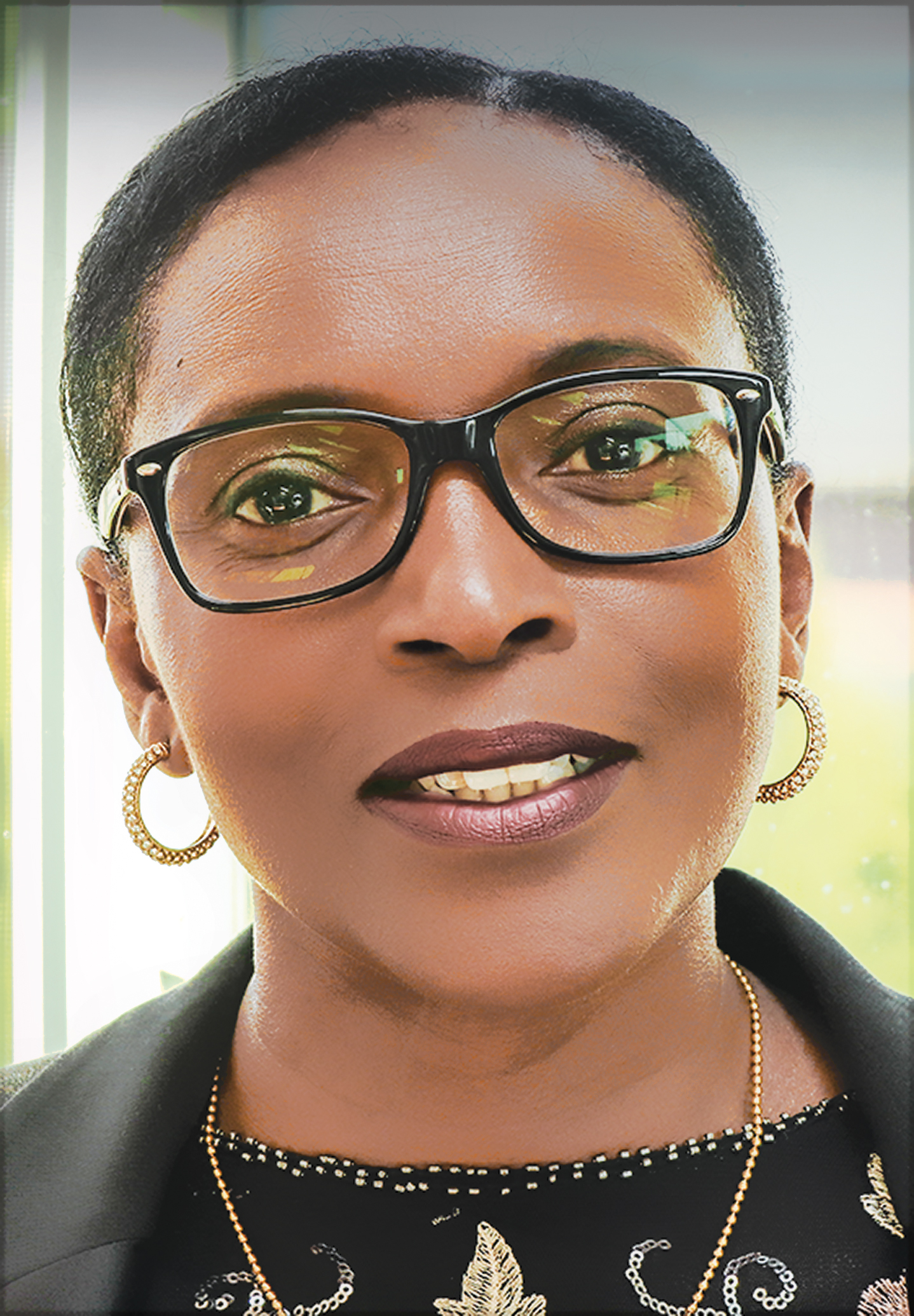 This is the second time OCAD has used a cluster hiring initiative to find racially diverse faculty candidates. The first time was from 2017 to 2018 and resulted in five new indigenous faculty members joining OCAD, though Tunstall says OCAD has consistently prioritized people of color and indigenous candidates in all its faculty searches for about five years now.
This is the second time OCAD has used a cluster hiring initiative to find racially diverse faculty candidates. The first time was from 2017 to 2018 and resulted in five new indigenous faculty members joining OCAD, though Tunstall says OCAD has consistently prioritized people of color and indigenous candidates in all its faculty searches for about five years now.
Tunstall noted that black people are underrepresented in the design field as a whole. She cited a 2019 census by the American Institute of Graphic Arts that found that 3 percent of designers in the U.S. self-identify as black or African American. She said there is no comparable data for Canada.
“There are two things that we did for this particular search that I think made it successful,” Tunstall said of the more recent cluster hiring initiative. The first, she said, was that the call for applicants specifically mentioned issues "that were of interest and already engaged with by the black community."
“It wasn’t like, ‘We’re looking for a graphic designer,’ ‘We’re looking for an illustrator.’ We said, ‘we’re looking at people interested in black speculative futures,’” she said. “‘We’re interested in people who can do multisensory storytelling as it relates to better representations of black people. We’re interested in people who are engaged with hip-hop culture and hip-hop aesthetics.’”
The call for applicants was only open to black people of African descent under a section of Ontario’s human rights code that allows for consideration of race or other protected categories when it is intended to eliminate discrimination or help disadvantaged groups achieve equal opportunity.
Tunstall said the second thing that made the search successful was that the committee considered criteria beyond traditional academic qualifications such as grants and conference papers. In addition to such traditional qualifications, the committee considered criteria for professional excellence, such as design commissions, and experience gained through participation in community organizations, such as publishing community reports instead of journal articles or giving community workshops instead of academic conference presentations.
 Kathy Moscou, an artist whose work is rooted in black cultural traditions who also holds a Ph.D. in pharmaceutical sciences, was one of the five new faculty members hired.
Kathy Moscou, an artist whose work is rooted in black cultural traditions who also holds a Ph.D. in pharmaceutical sciences, was one of the five new faculty members hired.
“I’ve been in academia for many, many, many years in a variety of different institutions. What was different about this particular position was that this is the first time in my life when I’d actually seen a position advertised that said, ‘We recognize the importance and we respect the value of the lived experienced of black people and we are purposely reaching out to people who can enrich our institution,’” Moscou said.
“In my opinion, that’s what inclusive education looks like; that’s what inclusive education means,” she said. “It is a piece of dismantling racism, by committing to address underrepresentation of racialized and indigenous faculty.”
Another of the new hires, Angela Bains, a designer, has taught at the British Columbia Institute of Technology for the last eight years.
“In those eight years, I’ve probably had four black students who have actually come through that program in the entire time,” she said. “Just being able to engage the black community through OCAD, and just being able to show black kids who want to go into the design industry that it is possible, success is possible, growth within the industry is possible -- yes, there are challenges, but being someone who’s been through it, I felt I could definitely lend my own experience to that.”
Michael Lee Poy, an Afro-Caribbean artist-activist and architect in Trinidad and Tobago who is among the new hires, said he is eager to do the work of "decolonizing" the curriculum. He has particular expertise in the tradition of Moko Jumbie, a form of stilt-walking and dancing commonly seen in Caribbean Carnival celebrations, and looks forward to bringing that to OCAD and community groups in Toronto.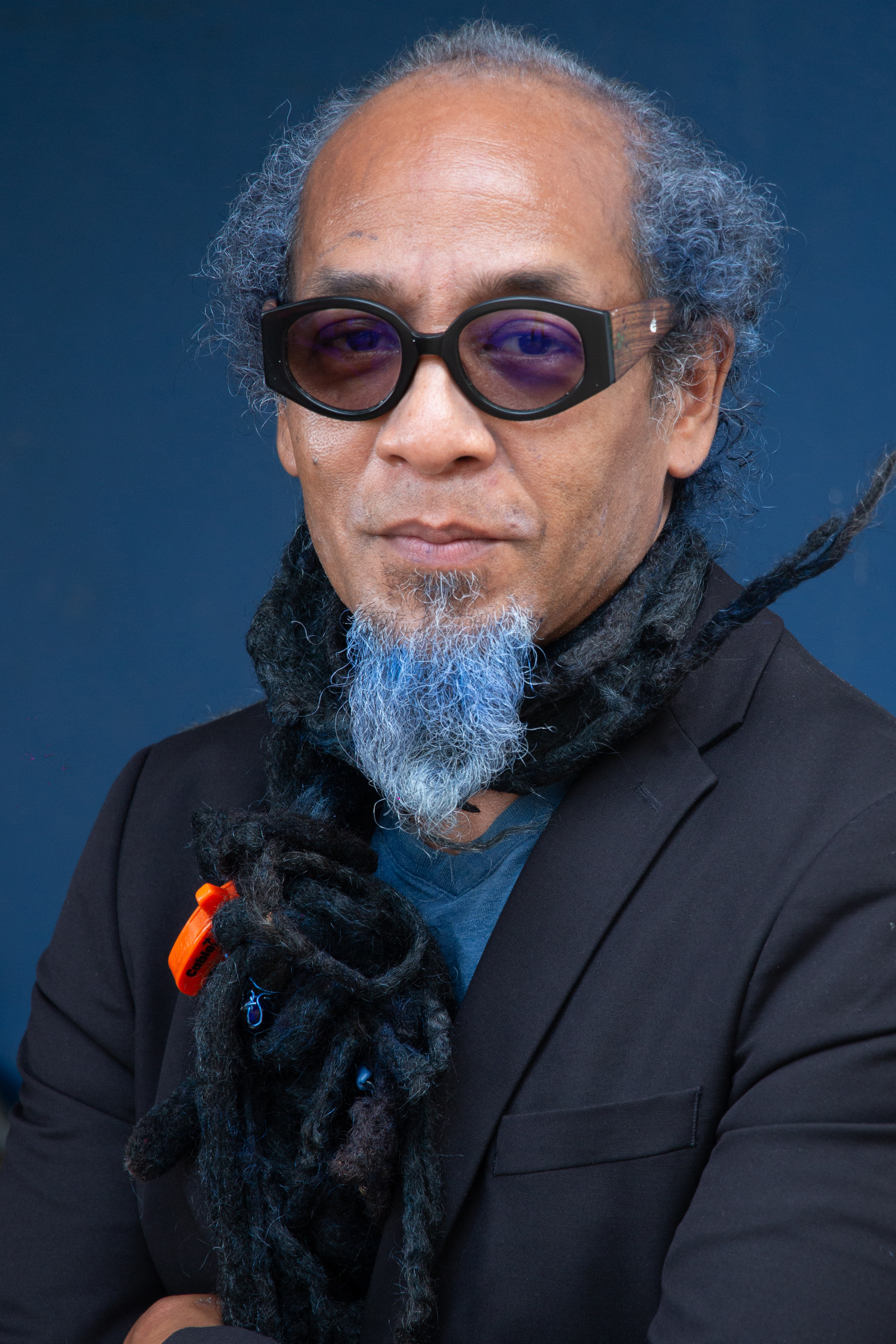
“As much as we’re celebrating this moment we’ve been hired, we’re ready to sit down and do the work, make more allies, especially with our indigenous community,” Lee Poy said. “How do we now introduce indigenous black practices like Moko Jumbie into the curriculum? This is where it really changes.”
Transformation or Tokenism?
Multiple faculty at OCAD praised the black cluster hiring initiative. Andrea Fatona, an associate professor in the Faculty of Art and director of the graduate program in criticism and curatorial practice, is among those who support it.
"I think it is a brilliant move that is a long time coming and really fills some of the gaps in terms of representation of underrepresented voices and scholarship within the institution," said Fatona, who is black.
Simone Jones, the chair of OCAD’s University Senate and an associate professor in the Faculty of Art, said the black cluster hiring initiative is "embraced by the entire university."
"There's an incredible collective communitywide genuine enthusiasm and support for the cluster hire," added Min Sook Lee, an associate professor in the Faculty of Art and president of OCAD's Faculty Association. "It's significant and it is aligned with a vision of OCAD that we have articulated in our academic plan. It's a commitment to looking at not only what we teach but who teaches it, and ensuring that the kind of art and design education that we put in the classrooms on campus, that OCAD is championing, reflects not just the experiences of our students but is in conversation with history, contemporary practice and future practices that encompass and engage with diverse communities and is not narrowly anchored in a kind of monocultural experience."
Lee added, "I think that it’s significant the faculty hires are taking place in this broader global conversation that the world is having about antiblack racism, anti-indigenous racism that’s systemic, not just in policing but in many structures within our society -- education, health care, electoral politics. It’s a kind of reckoning of white supremacy. It's a reckoning of the ways in which our institutions have reproduced white supremacy and an acknowledgment that change is so long overdue."
But Soyang Park, an associate professor in the Faculty of Liberal Arts and Sciences, strongly disagrees that a reckoning is at hand. She describes the hirings as a "publicity action" that disguise what she describes as a problematic culture. Park, who is Asian, has filed a complaint against OCAD in Ontario’s Human Rights Tribunal alleging a systemic culture of discrimination against people of color at OCAD and a failure on the institution’s part to adequately investigate discrimination complaints. (OCAD said in a statement it could not comment on the specifics of Park's case, but it said the university "has and continues to take a proactive approach to address discrimination issues.")
While Park said that the hiring of more diverse faculty members is good news, she criticized what she called "the two-facedness of the institution."
“This is what tokenism is about,” she said. “Tokenism is about diversity without equity, which you only can experience once you’re hired. It’s not visible, because all that’s visible is that there are more people with non-Caucasian faces hired.”
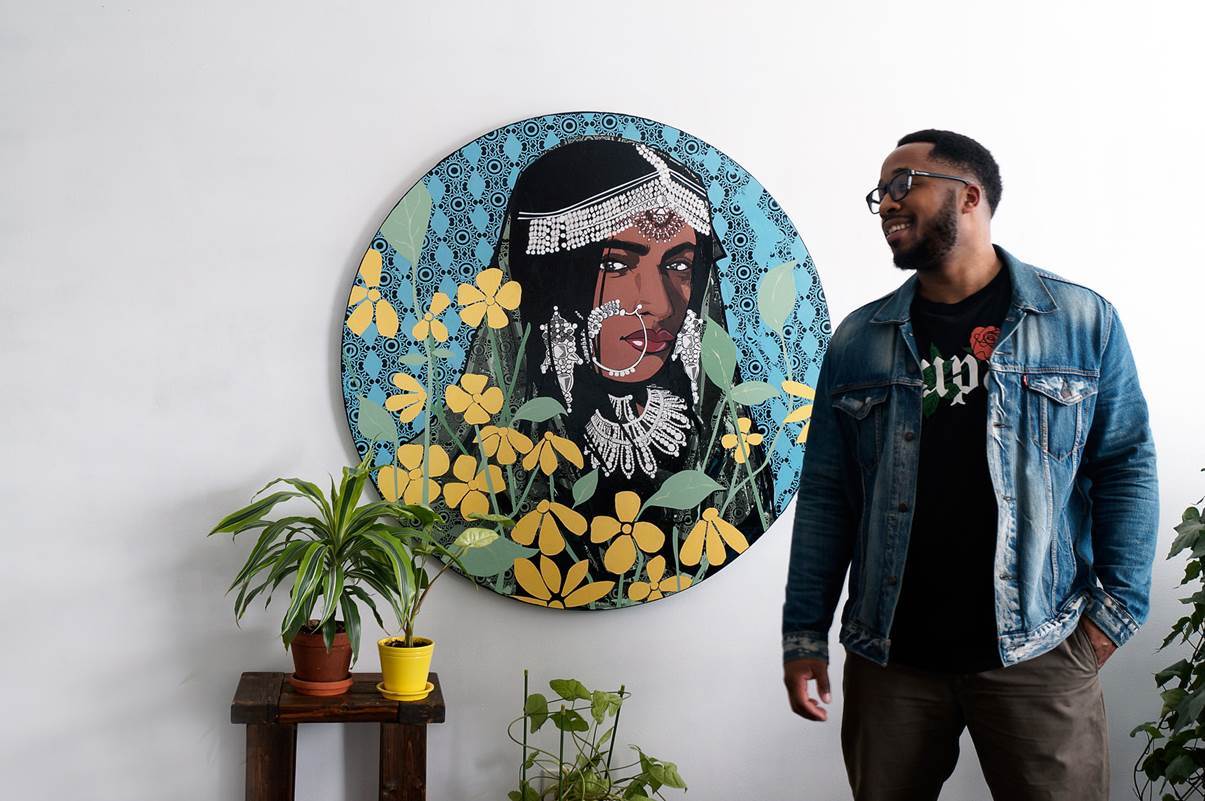 The new hires can be seen as part of a trajectory that encompasses the racial discrimination complaint settled by the university in 2015.
The new hires can be seen as part of a trajectory that encompasses the racial discrimination complaint settled by the university in 2015.
“I think the hiring of these five professors is a really good step in the right direction,” Errol Saldanha, the former instructor who filed the complaint, said in an interview. “I am hoping for change, real change. I know it’s hard to change an institution after so many years, so I do like to see the real numbers change and the real action as opposed to many institutions, which have these programs in place where there’s really no progress.”
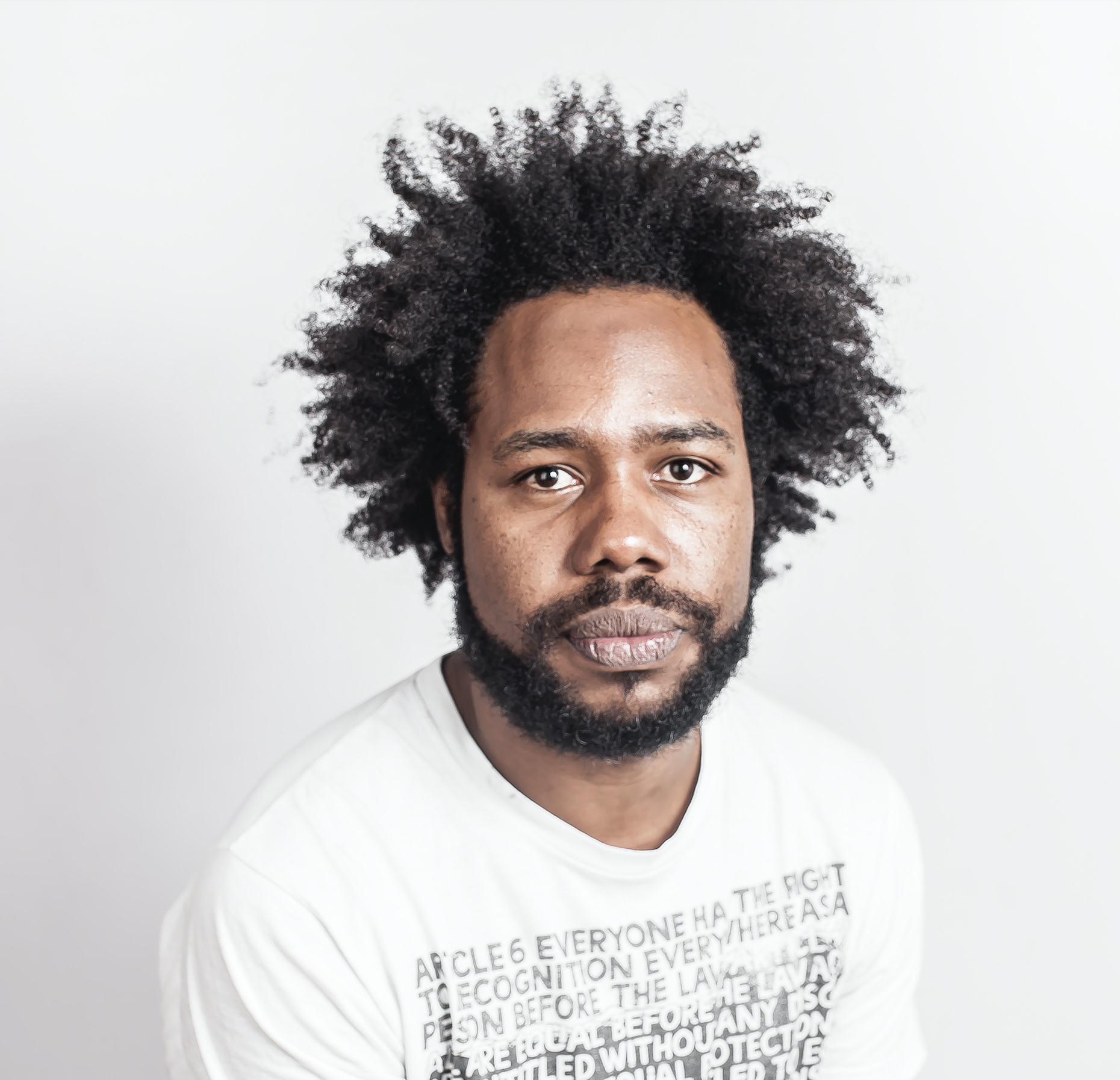 Camille Isaacs, an assistant professor of English and the interim librarian at OCAD, co-chaired the task force on underrepresentation formed by OCAD after it settled Saldanha’s case.
Camille Isaacs, an assistant professor of English and the interim librarian at OCAD, co-chaired the task force on underrepresentation formed by OCAD after it settled Saldanha’s case.
“It kind of set the groundwork for change at OCAD,” Isaacs, who is black, said of the task force’s work. “The aim always was to make the faculty and staff more reflective of our student population, so the special program and the cluster hires have gone a long way to making that happen. We’re not there yet -- there still are changes that need to happen -- but, yeah, it’s fabulous.”
Asked why she thought it took so long for OCAD to hire its first black faculty members in the Faculty of Design, Lillian Allen, a professor in the Faculty of Liberal Arts and Sciences and OCAD’s longest-serving black faculty member, responded in an email: “Please ask that question to white folks in charge; why has it taken that long? What took so long beyond the entrenchment of racism, and the normalcy of racist ideology in the systemic and operating structures of bureaucracy, seamlessly performed by individuals in their daily goings on, with no regards to their own culpability.”
“We need to restart from a different place with specific set of equality and accountability goals in mind and massive resources in service of those goals. And with all this, OCAD is a good example of this possibility for change and redress,” she said.
“We keep fighting and celebrate our small victories, because without that we know things would be way worse and might even flow backwards.”




